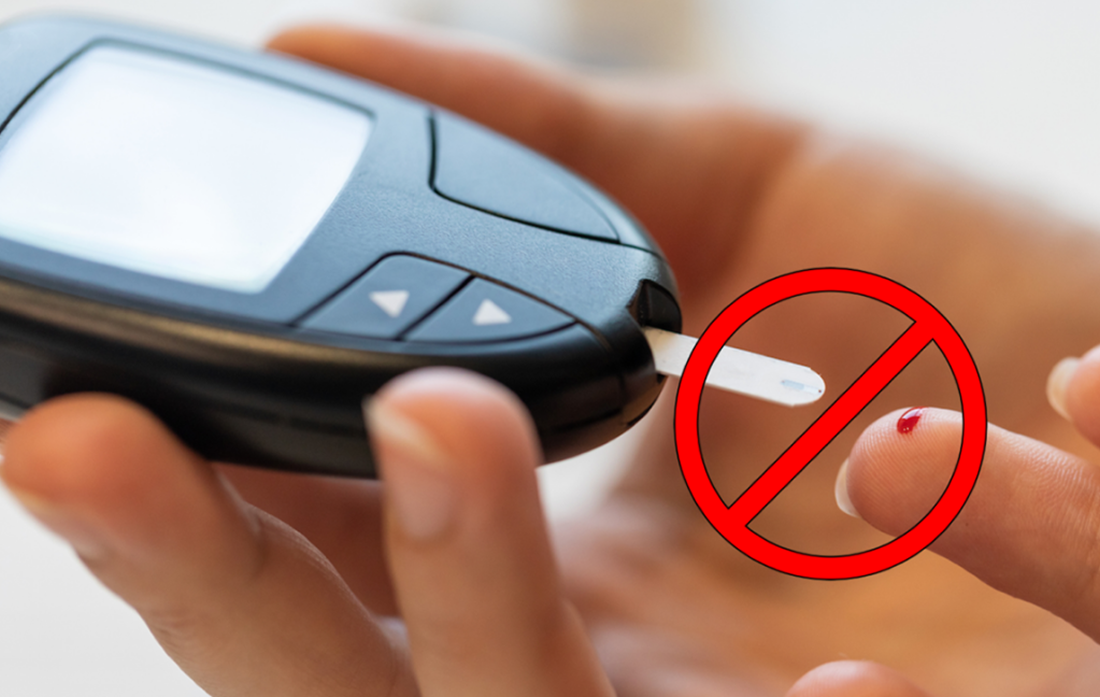Regenerative Medicine News and General Information
Electromagnetic Sensors to Measure Glucose Levels
Metabolic diseases require the continuous management of eating habits, dietary plans, physical exercise, exposome and other general behaviors including sleep. The number of people with diabetes worldwide is 460 million as of 2019, and it is steadily increasing every year, with approximately 11.3% of deaths worldwide is due to the diabetes-related complications. Diabetes mellitus increases further incidences of health complications exponentially. The risk in diabetes can be minimized by monitoring and adapting habits to control blood glucose level (BGL). Commonly used method to measure BGL is using an enzyme-based glucose sensor relying on an electrochemical reaction, known as an amperometric sensor that produces measurable current proportional to BGL.
This can be implemented in two ways: either measuring directly from blood or from interstitial fluid (ISF). Former method is also known as self-blood glucose monitoring (SBGM) relies on finger-pricking method where a small blood is drawn from fingertip and put on a glucose measuring strip. Although it measures glucose level with considerable accuracy, it is painful, causing skin irritation to the patients requiring frequent measurements.
The development of electromagnetic based glucose sensors has been studied in various lab experiments to non-invasive measurement of blood glucose level. From a recent study it is understood that the mechanism of glucose metabolism is not straightforward, rather a sophisticated cascade of biochemical reactions. However, the dielectric response of water is directly affected by the glucose and a relevant marker for indirect measurement of glucose level in vivo. The fundamental working principle of EM-based glucose sensors is to sense glucose dependent dielectric permittivity changes.
In general, glucose level dependent permittivity changes are reflected as a change in the resonance frequency of these EM sensors. Few of the relevant published works using electromagnetic based glucose sensors are in vitro measurement techniques and wearable type measuring in vivo from outside the body.
Scientists have reported a new route for measuring blood sugar levels (BGLs) without drawing blood.
Diabetes can be diagnosed if fasting blood glucose levels are 126 mg/dL or higher. A normal fasting glucose test result is lower than 100 mg/dL. One of the main aims of diabetes treatment is to keep blood glucose levels within a specified target range. More than 400 million people worldwide are living with diabetes and they still suffer from pricking their fingers multiple times a day to check their blood glucose levels.
In this study, the research team proposed electromagnetic-based sensor that can be subcutaneously implanted and capable of tracking minute changes in dielectric permittivity owing to changes in BGLs. The proposed sensor, which is about one-fifth of a cotton swab, can measure changes in glucose concentrations in interstitial fluid (ISF), the liquid that fills spaces between cells.
In this study, the research team introduced semi-permanent and continuous blood sugar management at low maintenance costs without the pain caused by blood collection, enabling patients to enjoy quality life through proper treatment and management of diabetes. This is expected to increase the use of CGMS, which currently stands at only 5%.
The research team also performed both the intravenous glucose tolerance test (IVGTT) and oral glucose tolerance test (OGTT) with sensors implanted to swine and beagle in a controlled environment. The results of the initial proof-of-concept in vivo experiment showed promising correlation between BGL and sensor frequency response, according to the research team.
The proof-of-concept in vivo results show promising correlation between BGL and sensor frequency response. Indeed, the sensor shows the ability to track BGL trends.
SOURCE:
Seongmun Kim, Jagannath Malik, Jong Mo Seo, Young Min Cho, Franklin Bien (October 17,2022). Subcutaneously implantable electromagnetic biosensor system for continuous glucose monitoring. Scientific Reports. Retrieved from: https://www.nature.com/articles/s41598-022-22128-w
IMAGE:

